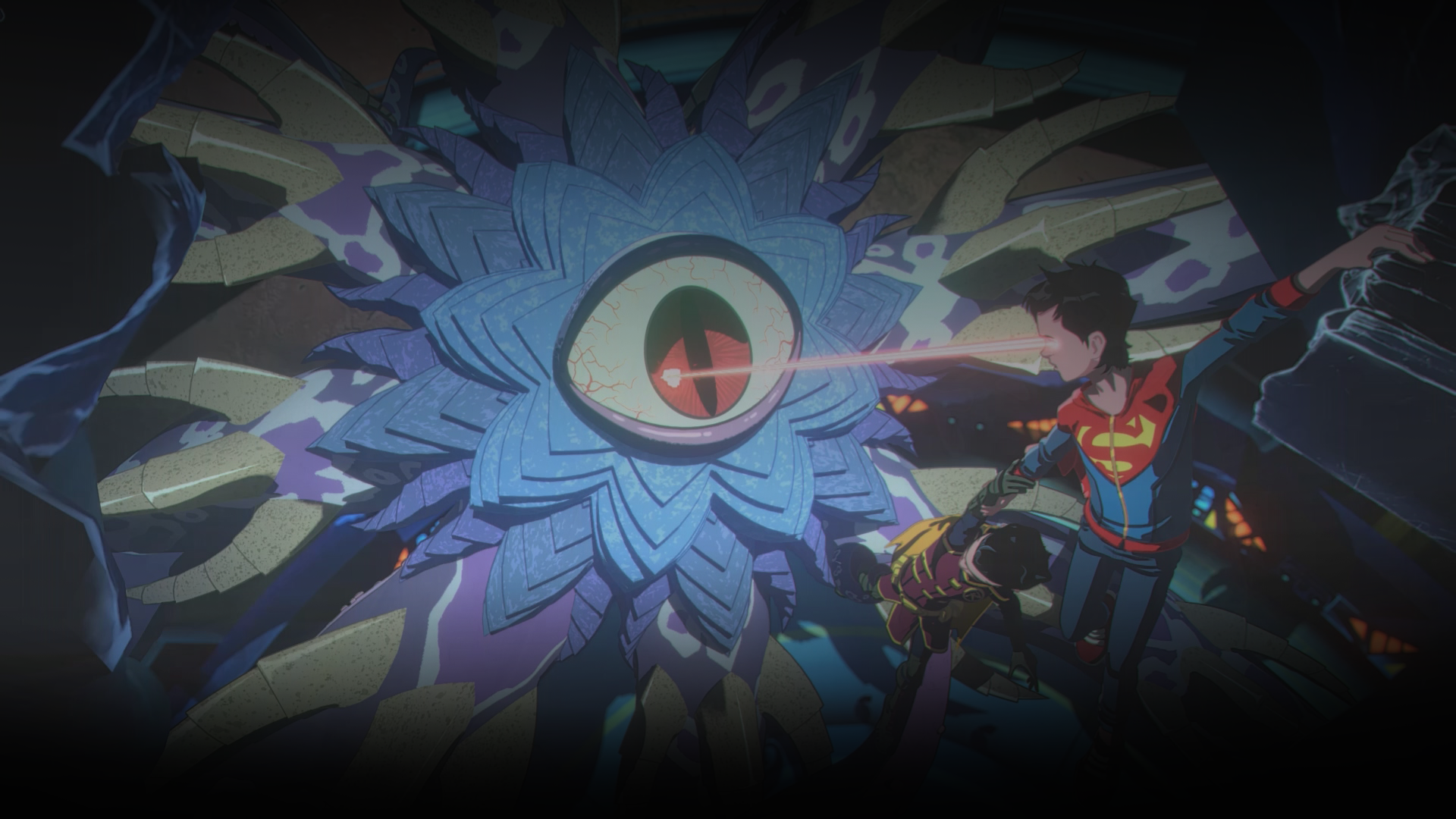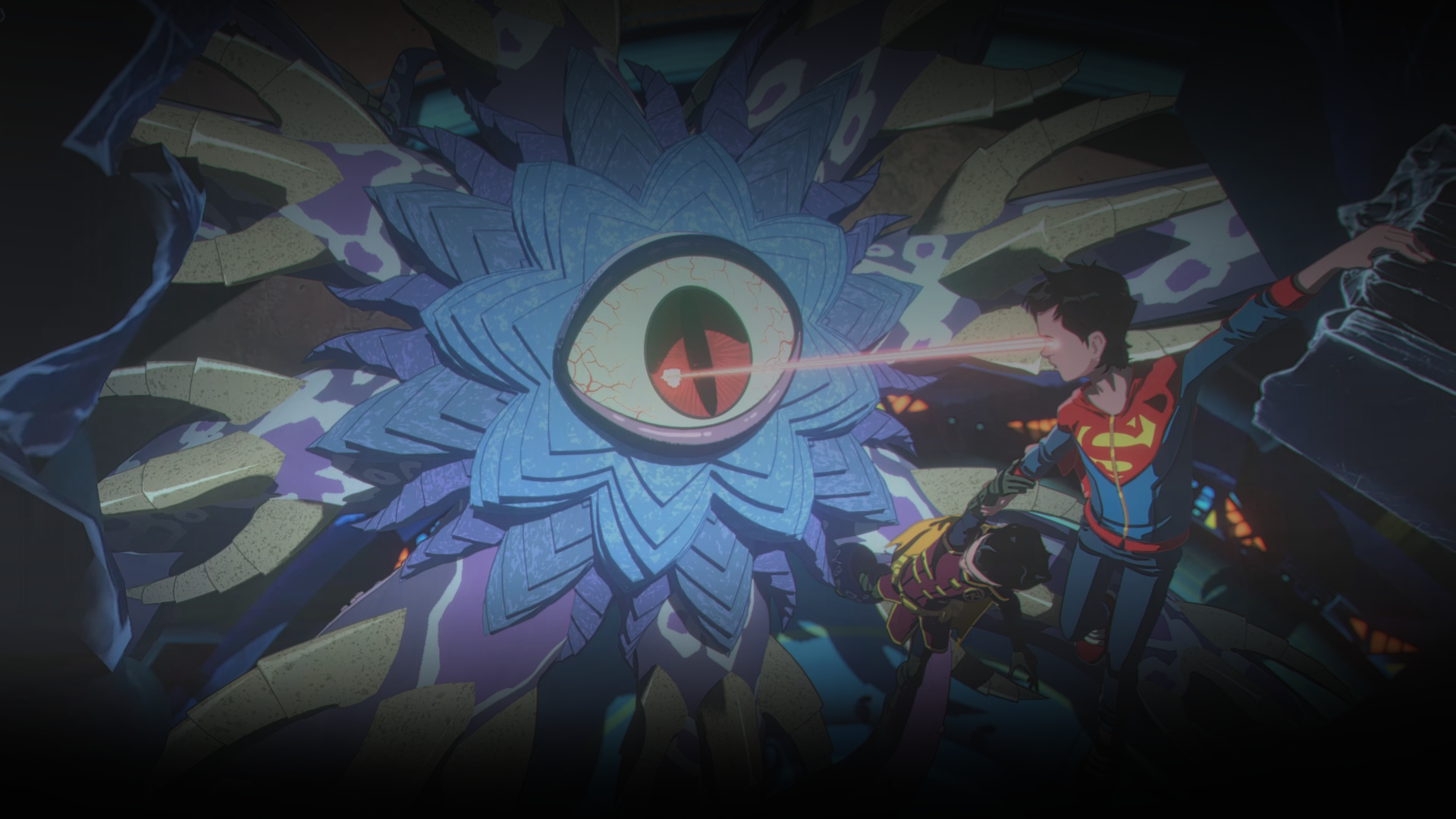[Watchmen: Chapter II] Review "Animated Masterpiece Unveiled"
Deconstructing Heroism: An Animated Exploration of Power, Morality, and Human Complexity
Nearly four decades after its stunning premiere, Watchmen continues to evolve through creative adaptations. Watchmen Chapter II’s most recent release is a groundbreaking animated experience that promises the most authentic portrayal of Alan Moore and Dave Gibbons’ renowned graphic novel.
This two-part animated series, directed by Brandon Vietti and written by J. Michael Straczynski, provides a fresh perspective while keeping the source material’s profound philosophical substance. Set in an alternate 1985, where costumed heroes have rewritten history, the film strikes a delicate balance between narrative depth and visual storytelling.
Watchmen Chapter II is a comprehensive animated adaptation set in a universe where Richard Nixon stays president and nuclear conflict is a constant concern. The film differentiates itself by remaining remarkably faithful to the original graphic novel and employing a distinct animation style that clearly references Dave Gibbons’ artwork.
This review will examine the animated adaptation’s narrative strategy, visual execution, and emotional impact. The review tries to provide insight into this newest adaptation of a renowned comic book narrative by evaluating how well the film depicts the graphic novel’s deep themes and character relationships.
Graphic Novel to Screen: Preserving Watchmen’s Essence
Watchmen Chapter II exemplifies Alan Moore’s original narrative with incredible clarity, encapsulating the complicated universe of costumed heroes. J. Michael Straczynski’s screenplay expertly captures the graphic novel’s core themes, particularly the pivotal “squid” ending, which has been noticeably omitted in prior adaptations.
The film expertly weaves in essential narrative threads, such as Hollis Mason’s poignant past and the meta-narrative of “Tales of the Black Freighter.” Each aspect is smoothly merged, preserving the original’s sophisticated storytelling structure while making the narrative more accessible to modern viewers.
The animated adaptation delves deeply into the source material’s intellectual terrain, examining significant issues like power, moral ambiguity, and human complexity. The relationship between Nite Owl and Silk Spectre evolves into a nuanced investigation of connection in a fragmented society. At the same time, Rorschach’s character retains the moral absolutism that marked the original graphic novel.
The film shines in its portrayal of Dr. Manhattan, conveying the character’s detached outlook on human existence. By retaining the fundamental issues about heroism, intervention, and moral responsibility from the original, Watchmen Chapter II demonstrates that it is more than just another superhero narrative; it is a complex meditation on human nature, power relations, and the thin line between heroism and destruction.
The adaptation reimagines the story with a deep regard for the intellectual and emotional richness of the source material rather than simply retelling it.
[Omitted]Breaking New Ground: Watchmen’s Animated Triumph
novel, accurately conveying its deep philosophical environment. Previous variations failed to adequately communicate Alan Moore’s intricate narrative, but this animated version bridges the gap between comic book aesthetics and profound storytelling.
The two-part animated series seems like the ultimate rendition that fans have been waiting for. By retaining the original graphic novel’s iconic “squid” ending and scrupulously preserving narrative intricacies, the adaptation thoroughly examines the source material that other adaptations have overlooked.
This animated adaptation seemed set to become a watershed event in comic book narrative. It proves that animated formats can handle complex, adult-oriented narratives with extraordinary depth and nuance.
For longstanding Watchmen fans and newcomers, the film provides a deep, nuanced experience that respects the original work’s intellectual richness. Its approach presents a possible road map for future comic book adaptations, emphasizing narrative integrity above spectacle.
While Alan Moore is famously dubious, this rendition feels like a loving tribute that can bring generations of comic book readers and viewers together, demonstrating that great narrative transcends media and format.
출처 :
https://gazettely.com/2024/11/entertainment/watchmen-chapter-ii-review/
2024.12.09



